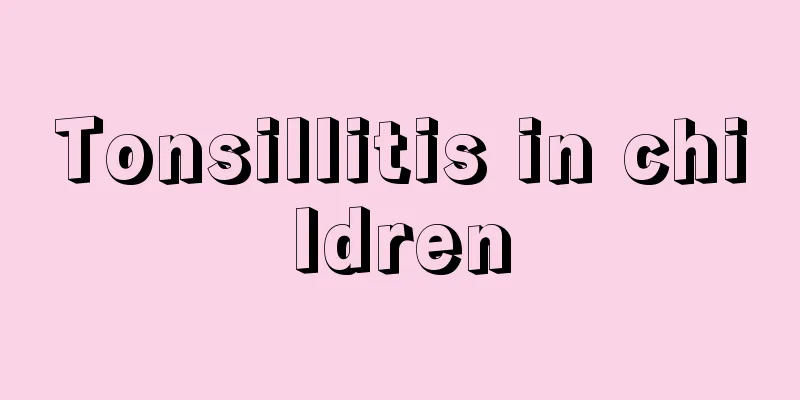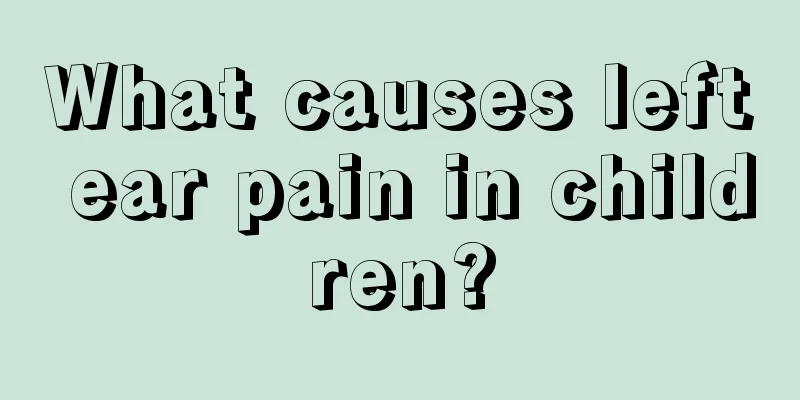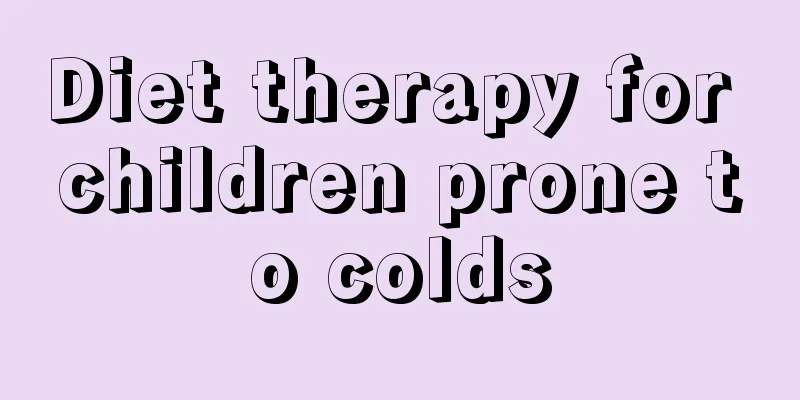How to treat appendicitis in children?

|
Many children always have some problems when they are young, and their families are always particularly worried about their children, especially when the children have some diseases, the adults are more uncomfortable than the children. When the child has stomach pain and is found to have appendicitis, many people think that only surgery can treat it. This understanding is one-sided. In fact, appendicitis can also be treated non-surgically. Let me introduce it to you! Nonsurgical treatment When acute appendicitis is in the early simple inflammatory stage, once the inflammation is absorbed and subsides, the appendix can return to normal and will not recur. Therefore, the appendix does not need to be removed. Non-surgical treatment can be used to promote the early disappearance of appendicitis inflammation. When the diagnosis of acute appendicitis is clear and there are surgical indications, but the patient's physical condition or objective conditions do not allow it, non-surgical treatment can be adopted first to delay surgery. If acute appendicitis is combined with localized peritonitis and an inflammatory mass is formed, non-surgical treatment should also be used to allow the inflammatory mass to be absorbed before considering elective appendectomy. If the inflammatory mass turns into an abscess, it should be incised and drained first, followed by elective appendectomy. When the diagnosis of acute appendicitis has not been confirmed and needs to be observed, non-surgical treatment can be used while observing the changes in the condition. In addition, non-surgical treatment can also be used as preparation for appendectomy surgery. In short, non-surgical treatment has its important role. Nonsurgical treatments include: (1) General treatment: mainly bed rest, fasting, intravenous infusion of water, electrolytes and calories, etc. (2) Application of antibiotics: The application of antibiotics is very important in non-surgical treatment. The selection and dosage should be determined according to the specific circumstances. Most cases of appendicitis are mixed infections. In the past, penicillin and streptomycin were used together with satisfactory results. Later, it was found that the number of drug-resistant strains increased and the infection rate of anaerobic bacteria increased. Then the "Golden Triple" was used, namely ampicillin (ampicillin), gentamicin and metronidazole. It has a wide antibacterial coverage, is not expensive, and is highly praised. In recent years, new and highly effective antibiotics have emerged, and cephalosporins are constantly being updated. Therefore, cephalosporins or other new β-lactam antibiotics are often used in combination with metronidazole. Its advantages are a wider antibacterial spectrum, stronger resistance to drug-resistant bacteria, and less toxicity and side effects. For mild acute appendicitis, the use of antibiotics is almost preventive in nature, and general antibiotics can be used for a short period of time. Only patients with severe inflammation are suitable for regular therapeutic use. For severe appendicitis (gangrenous or perforated), the current recommendation is to use the third-generation cephalosporin plus metronidazole or imipenem, which can achieve good results. (3) Use of analgesics: Pain relief is sometimes very necessary. Severe pain can increase mental terror, reduce the body's immune function, and thus weaken the patient's ability to fight disease. General painkillers sometimes cannot stop severe pain. The use of morphine-like drugs can be considered but must be used with caution. It can be used for patients who have decided to undergo surgery, but is contraindicated in general situations, especially for the weak. (4) Symptomatic treatment: such as sedation, antiemetic, and placement of a gastric decompression tube when necessary. After reading the above introduction, are parents and friends reassured? For young children with appendicitis, if surgical treatment is not necessary, try to adopt conservative treatment methods. After all, surgical treatment can cause great harm to the human body. In addition, you must pay attention to your child's diet and avoid eating snacks randomly. |
<<: What are the symptoms of early pneumonia in children?
>>: What causes hernia in children?
Recommend
At what age is calcium supplementation most suitable for babies?
We all know that calcium is an indispensable trac...
How to remove baby teeth?
When children reach a certain age, their deciduou...
What is the reason for a four month old baby to cry?
Babies will have different symptoms at different ...
Why does my baby toss and turn in his sleep?
When there is a baby in the family, the whole fam...
What should I do if my baby eats pomegranate seeds?
Pomegranate is a very delicious fruit. Not only a...
What should I do if my child has a fever or a cold?
Cold and fever are one of the most common childho...
Is it normal for babies to lose their hair?
Human hair grows continuously every day, and some...
Newborn breast milk watery stool
Most newborns will choose to eat their mother'...
What causes foam in children's urine?
Some children have problems with their urine, so ...
Febrile seizures in children
The Chinese family has changed from a large famil...
How to treat itchy skin in children?
Children's skin is very delicate and is there...
What to do if children have dry lips
Now we have entered autumn and the weather has be...
What does maculopapular rash look like in children? After reading, you should learn to judge
Many people do not know what symptoms will appear...
What are the signs that your baby's diarrhea is getting better?
The baby's immunity is very low, and diarrhea...
How to treat bronchitis with phlegm in children
We know that acute bronchitis is actually a very ...









